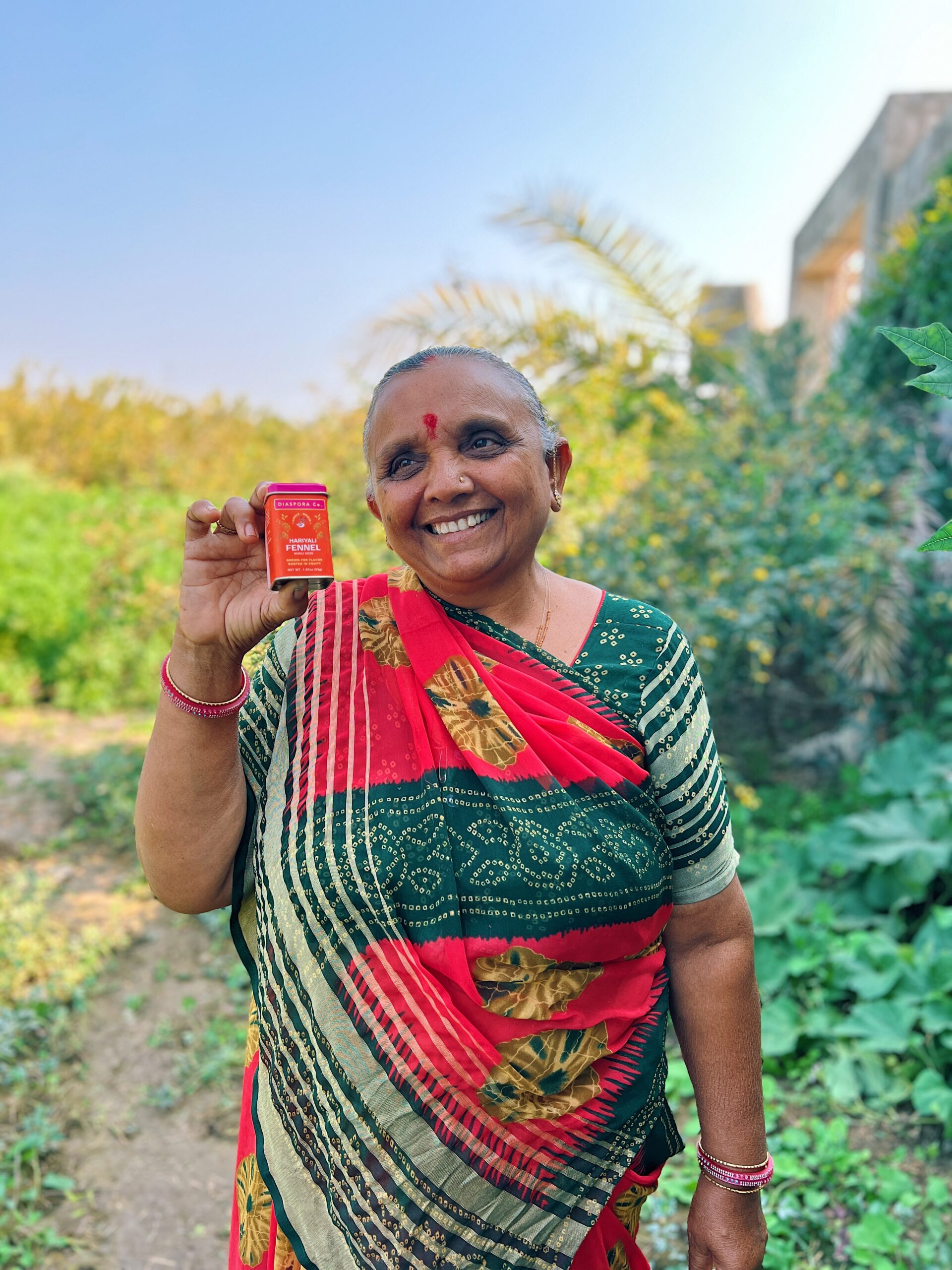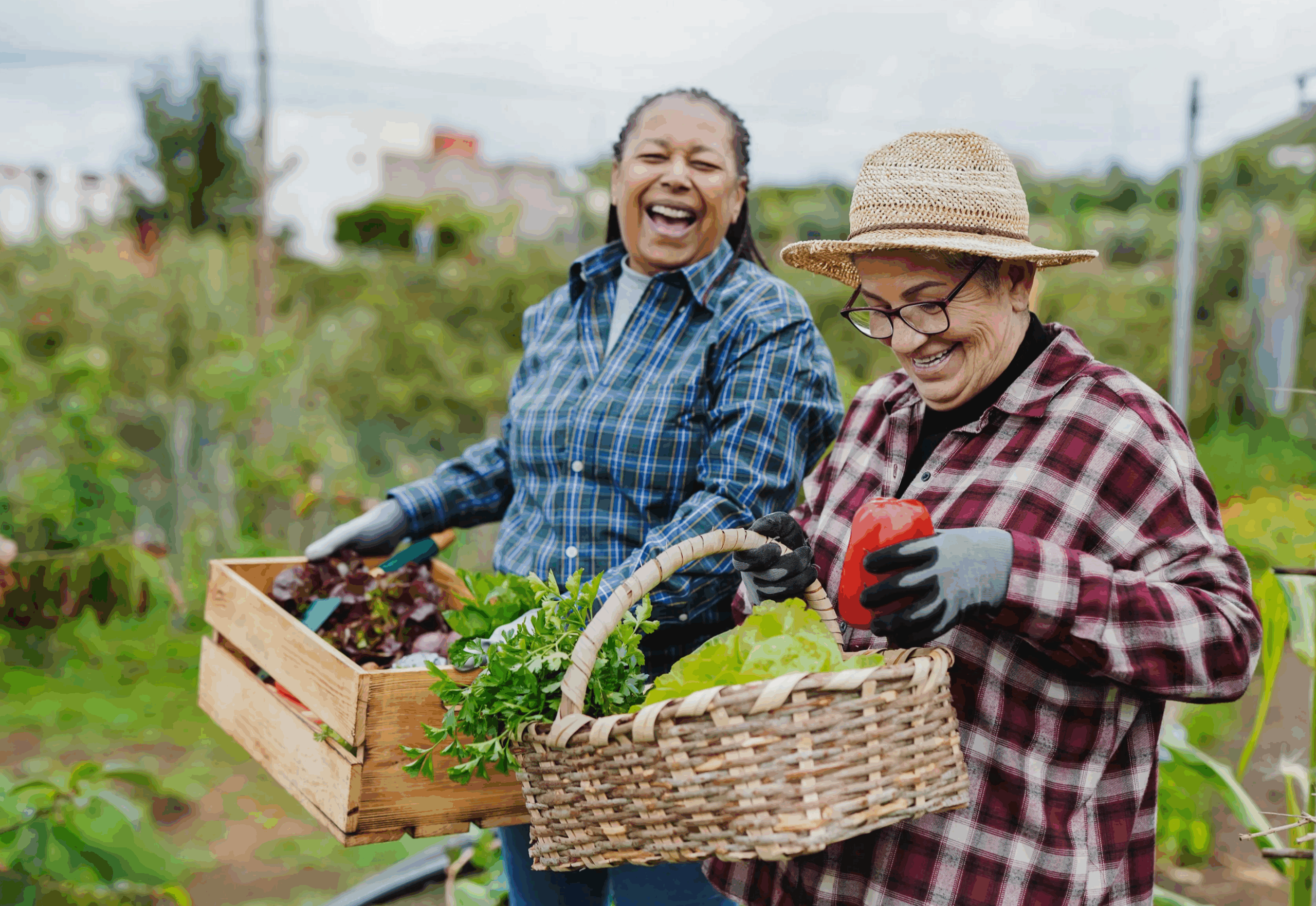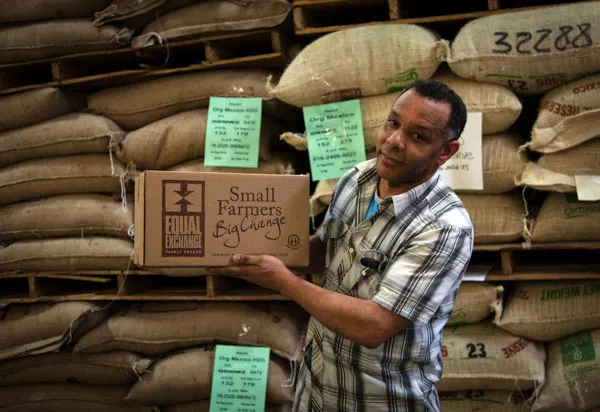Five years ago, Viva Farms faced a painful problem: The Skagit County, Washington, farm incubator had farmers in training lined up and ready to plant, but it had subleased all the land on its 33-acre parcel. Without more land, it couldn’t give the new farmers a chance.
Viva Farms Executive Director Michael Frazier started searching, and within a week he found a 45-acre plot a half-mile from the incubator’s existing Port of Skagit farm. The land was perfect. A former dairy farm, it was planted with grain, was certified organic, and had water rights. But the nonprofit needed to move fast to buy it, so Frazier reached out to multiple lenders, including Northwest Farm Credit Services and RSF Social Finance.
Most lenders were wary because of Viva Farms’ unusual business model. The incubator had no assets to speak of (it held a master lease on its 33-acre parcel). And its farmers were free to sell through Viva Farms’ distribution channels or others if they preferred—which meant Viva Farms didn’t always see revenue from the produce grown on its land. “But because of the relationship we have had with RSF over time, and the fact that they knew a lot about who we are and the success we’ve been having,” says Frazier, “they were able to get to ‘yes’ before anyone else.”
In early 2017, RSF issued a $315,000 loan for Viva Farms to make the purchase. “That was the first and, at this point, only piece of land that we actually own,” Frazier adds.
Founders aim to launch a new generation of organic farmers
Viva Farms was founded in 2009 by Ethan and Sarita Schaffer, a young couple with a passion for sustainable agriculture. As regional coordinator of the Latino Farming Program at Washington State University Extension, Sarita kept hearing from Latinx farmworkers that they wanted to start their own farms but lacked the financial resources to lease land and purchase equipment. Determined to solve this problem, Ethan and Sarita secured funding from the RiverStyx Foundation, leased 33 acres, and created Viva Farms to launch the next generation of organic farmers.
The need is great: Western Washington is facing a farming crisis. The average age of farmers in the region is 58. And as these farmers retire, their farms change hands or simply disappear. Skagit County has lost 35 percent of its farmland since 1940.
By contrast, the average age of Viva Farms farmers is 39. Many are immigrants from Mexico and Central America, like Francisco Farias, who incubated Farias Farm with his two brothers. Or they’re young urbanites, like Grayson Crane, a queer and transgender farmer who now owns Pink Moon Farm in the greater Seattle area.
Viva Farms helps farmers like these by providing bilingual education (in English and Spanish), land, equipment, sales and distribution help, and access to capital. The nonprofit’s educational component, the Practicum in Sustainable Agriculture, is offered as an accredited course at local colleges and includes both in-class and on-the-farm instruction.
Students who complete the course are eligible for the incubator program, which gives them the opportunity to lease a small farm plot, usually around a quarter acre. After that, they graduate to the Agricultural Park, which sits on the new 45-acre plot and is akin to leasing a larger farm.
Since 2009, Viva Farms has trained over 1,000 farmers, 40% of them Latinx and 40% women.

A trusted funding partner enables growth
Viva Farms connected with RSF in 2012, when the Schaffers sought and received a $50,000 loan to open a farm stand. It wasn’t as profitable as they’d hoped, “but RSF became a trusted partner who cared about our organization and mission, and were there when we needed them,” Frazier says. “Because we had these smart, capable people beside us, it helped us believe in ourselves.”
When Viva Farms decided to purchase land years later, RSF got creative to make it happen. One tricky aspect of the loan was that Viva Farms planned to put a conservation easement on the 45-acre plot with the Skagit County Farmland Legacy Program. That meant the land would be hard to sell if Viva Farms couldn’t make its loan payments. It also meant an increased loan-to-value ratio—a risk most lenders weren’t willing to assume.
“Banks often look at a situation like that and ask, ‘OK, if this doesn’t go well, what’s the exit?’” says Mindy Christensen, RSF’s vice president of lending. “But because we’re looking at it also from an environmental perspective, we’re not worried about the exit. While some lenders may perceive it as more risk, we’re perceiving it as protecting this land for the next generation.”
Because Viva Farms had no assets, RSF developed an integrated capital solution: It worked with a foundation donor in its Food and Agriculture Collaborative to guarantee the balance of the loan.
Farmers earn a sustainable living
Because of Viva Farms’ programs, many new farmers have achieved a sustainable living while protecting the land and their own health from harmful pesticides and fertilizers. Viva Farm’s farmers gross more than $26,000 an acre—in part because there’s such high demand for local, organic food. In contrast, based on conversations Frazier has had with farmers, many Skagit Valley conventional farmers would be happy to gross $1,000 per acre. On four acres of land, Viva Farms farmers net an average of $70,000 a year. In 2021, the nonprofit incubated 29 farms and one of its graduates recently purchased their own 57-acre farm.
Still, when the pandemic hit, Viva Farms struggled because many funders fell behind on their grant cycles, while others redirected funding. RSF stepped in with an unrestricted $10,000 emergency relief grant, which allowed Viva Farms to manage additional risk and support farmers. Many had already suffered income loss due to shutdowns and stay-at-home orders, and these funds helped farmers invest in a very uncertain growing season. The nonprofit and the farmers were able to stay afloat and sold a record $1.7 million in produce in 2020, to CSAs, farmers markets, wholesalers and food banks.
Frazier says they couldn’t have done it without RSF’s help. “Pretty much every time we’ve needed partners to help us solve a problem, they’ve been one of the partners or the partner to do that.”


